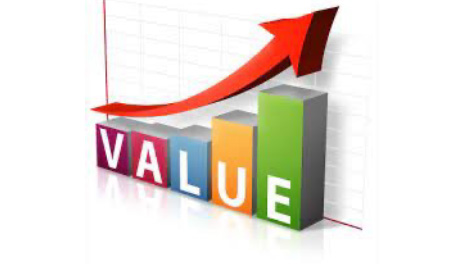The value of precious metals, such as gold, silver, and platinum, is impacted by a variety of factors. Some of the most significant factors that can affect the value of precious metals include:
- Supply and demand: The supply and demand for precious metals can have a significant impact on their value. For example, if the supply of a particular metal is low and the demand is high, the price of that metal is likely to increase.
- Economic and political uncertainty: Economic and political uncertainty can lead investors to seek safe-haven investments, such as precious metals. As a result, the value of these metals may increase during times of economic or political turmoil. When things are not stable or when people are afraid of risk then demand for precious metals increases and the price goes up.
- Inflation: Inflation can erode the value of paper currency, making precious metals a popular choice for investors looking to protect their wealth. During periods of high inflation, the value of precious metals may rise. When inflation increases the currency is worth less and prices for commodities and almost everything goes up. When in hyperinflation watch out as the value of the currency gets destroyed but the value of precious metals does well.
- Interest rates: Interest rates can impact the value of precious metals in a number of ways. For example, if interest rates are low, investors may be more likely to invest in gold or silver as a way to generate a return on their investment. Since precious metals do not pay interest or dividends a lower interest rate economy makes buying precious metals more attractive.
- Industrial demand: Many precious metals are used in industrial applications, such as electronics, solar and automotive manufacturing. Changes in industrial demand for these metals can impact their value as it relates to supply and demand.
- Currency exchange rates: The value of precious metals is often quoted in U.S. dollars, so fluctuations in currency exchange rates can impact their value for investors in other countries. When the currency in your country is strong it’s a good time to buy precious metals, when its weak it can be significantly more expensive.
- Global events: Geopolitical events, such as war, conflict, and diplomatic tensions, can create uncertainty and volatility in financial markets, including the precious metals market. People tend to hoard or stock up during turbulent times.
- Technological advancements: New technological advancements can impact the demand for precious metals in industrial applications. For example, advances in renewable energy technology like solar panels has increased the demand for metals like silver and copper.
- Production costs: The cost of mining and refining precious metals can impact their value. If the cost of production increases, the value of the metal may need to increase to maintain profitability for mining companies. Cost of energy is a large chuck of the operating expenses when energy costs soar the cost to mine goes up.
- Central bank policy: Central banks, such as the Federal Reserve in the U.S., can impact the value of precious metals through their monetary policies. For example, if the Fed decides to increase interest rates, this may cause the value of precious metals to decrease. When people loose faith in the fed it tends to be a good time to buy.
- Seasonal demand: Some precious metals, such as gold and silver, may experience seasonal demand. For example, gold may be in higher demand during the holiday season, when gift-giving is common.
- Market sentiment: Finally, market sentiment and investor psychology can impact the value of precious metals. If investors are optimistic about the prospects of the economy, they may be less likely to invest in precious metals. Conversely, if they are fearful or uncertain, they may flock to precious metals as a safe-haven investment.
These are just a few of the factors that can impact the value of precious metals. The market for precious metals is complex and can be influenced by a wide range of economic, political, and social factors.
